South Pole Station 1960-61
Old Antarcticans Database Project
Philip K Swartz - 1960-61 - South
Pole Station - thumbnails 1
Next thumbs page
All thumbs pages: -1-
-2-
-3-
Click the small image to
enlarge, click on the text to open the larger image on a new
page
Background: As a Lieutenant, Medical Corps, U.S. Navy, I served as Officer in Charge, South Pole Station, during the U.S Navy's Operation Deepfreeze 1960-1961. These slide duplicates are selected from a larger group. I took the majority of these slides, with a few taken during that same time provided by others (as noted below).
The order of slides roughly follows the year, but is ordered as I use them for talks before groups, and is not meant to be ordered in a strict historical chronology.
While a variety of personnel are shown, and names included when available, these slides do not show the entire crew for the year.
The wintering over party consisted of 20 men, 10 U.S. Navy, 10 civilians (the majority from the U.S. Weather Bureau) conducting the various scientific programs.
During the summer months (late 1960, early 1961) there were a variety of additional personnel at the station. There was a several-man contingent from IndMan 14 (civilians from an industrial arm of the Navy, based in Hawaii) to erect a new communications building and install a large number and variety of radio receivers and transmitters. Additionally, Dr. Carl Hamner (UCLA) and a small crew brought hamsters, cockroaches, and bean plants to the station to investigate the possibility that these organisms timed their diurnal activities by sensing the rotation of the earth. By placing cages etc. on rotating platforms, the spin of the earth could be exactly countered or doubled. This explains the hamsters seen in slides [102]-[104].
Other on-going scientific disciplines included weather monitoring, seismology, magnetology, aurora and ionospheric physics.
Most of the photographs were taken with a Canon single lens reflex, 50mm lens, on 35mm Ektachrome film and many were processed by me on the station. Two slides ([118], [119]) are copies of black and white prints, pictures taken by one of the other members of the wintering over crew.
Slides are numbered such that when in the lower left corner the slide is oriented for projection.
You can also download the pictures (smaller) and captions in a book-form Word document.
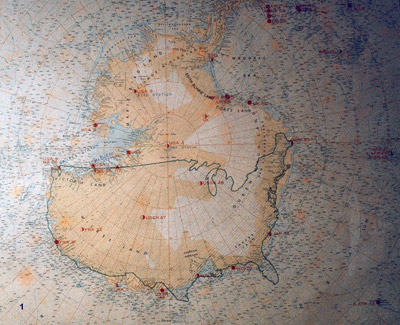
Map of Antarctica
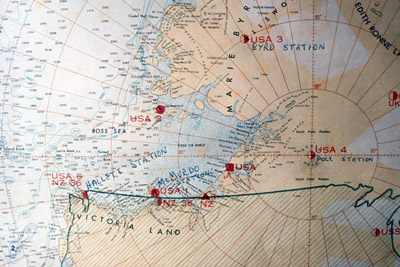
Close-up view of map 1
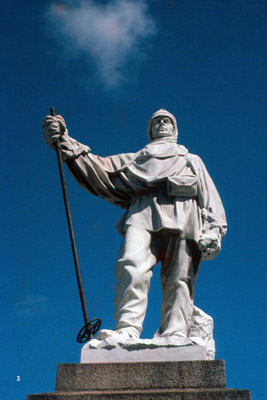
Statue of Robert Falcon Scott
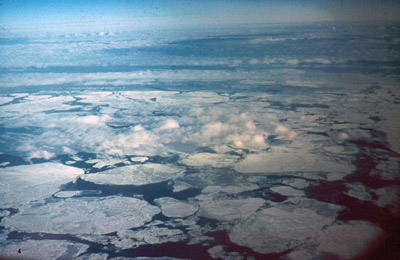
From the air, flight from Christchurch to McMurdo
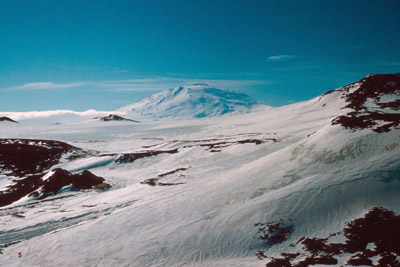
Mt. Erebus.
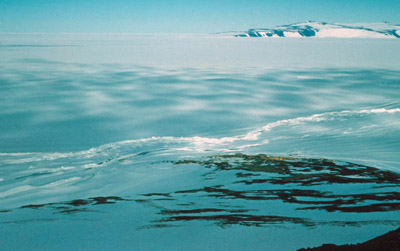
Edge of Ross ice shelf from Observation Hill (adjacent to McMurdo Station)
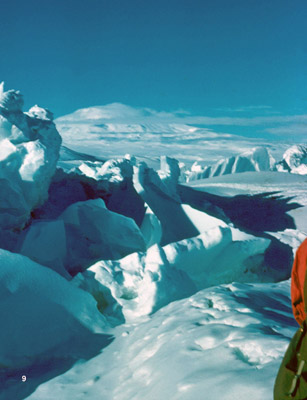
Tidal crack
![] Air strip of NAS McMurdo (Williams Field) from the air](images/PS-Slide-010-sm.jpg)
] Air strip of NAS McMurdo (Williams Field) from the air

Looking across McMurdo Sound with sea ice present
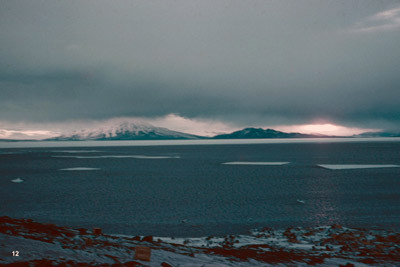
Looking across McMurdo Sound
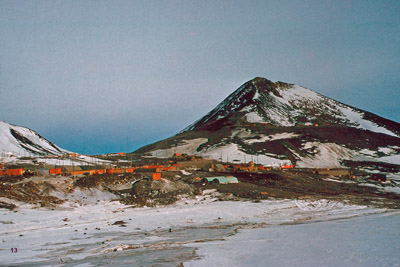
McMurdo Station with Observation Hill in the backgroundextending to the right.) This picture was taken from about Hut Point.
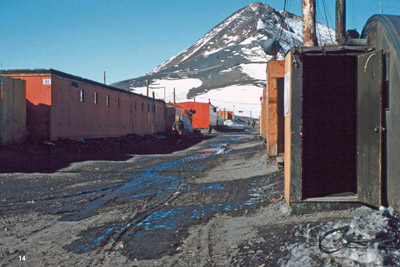
Main street, McMurdo, November 1960

Scott's hut at Hut Point
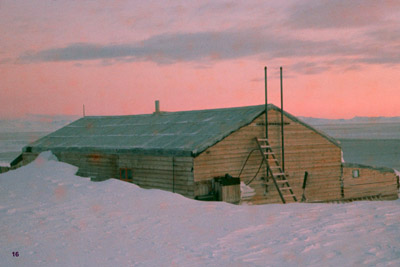
Scott's hut at Cape Evans 1910-1913, restored
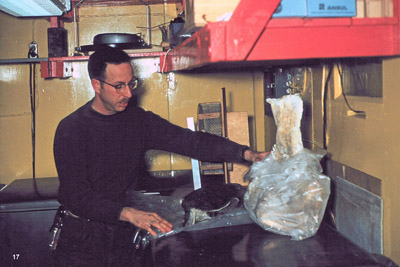
George Meyer with portion of fish retrieved from a seal at one of the ice holes used for oceanographic research at McMurdo

Fossil leaf indicating Antarctica once had tropical forest
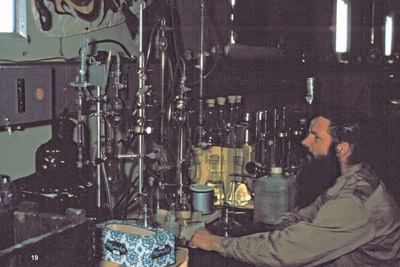
Oceanographic lab area at McMurdo
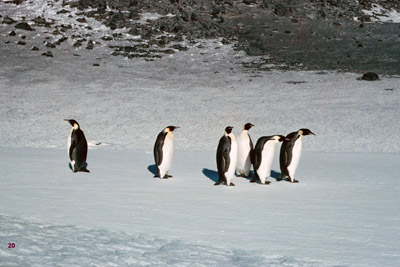
Emperor penguins
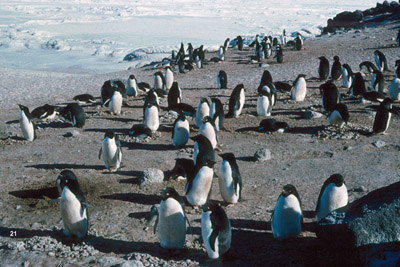
Adelie penguins in rookery at Hallet Station
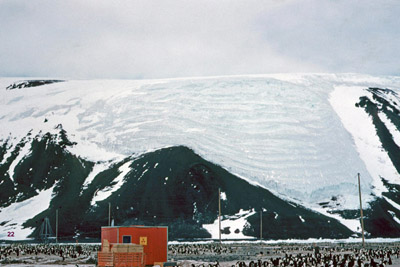
Rookery at Hallet Station
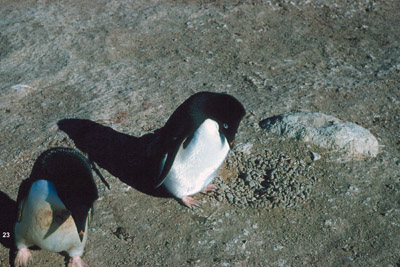
Penguin couple with nest of pebbles.
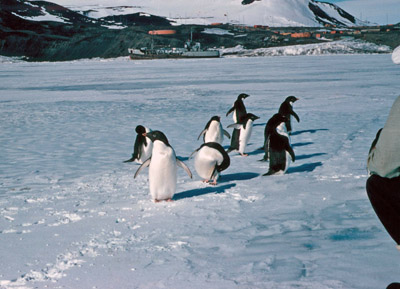
Adelie penguins near McMurdo
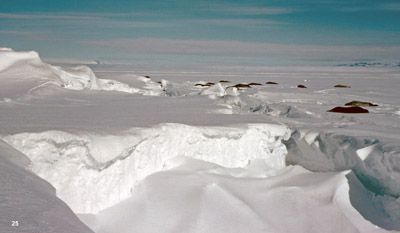
Weddell seals sunning themselves near tidal cracks near McMurdo
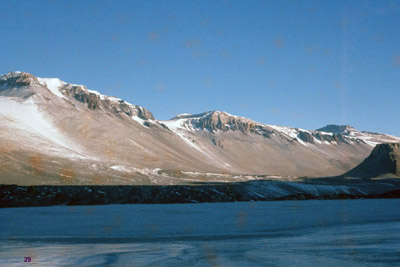
Wright Dry Valley
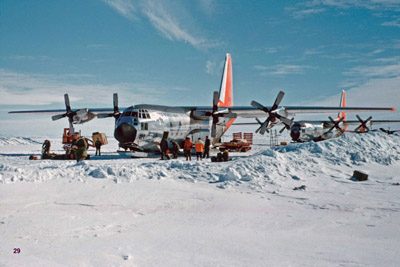
Ski equipped C130 on air strip at McMurdo prior to flight to pole
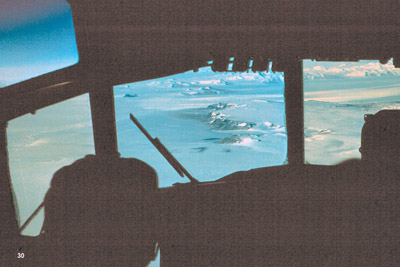
View from the cockpit on flight from McMurdo to Pole Station
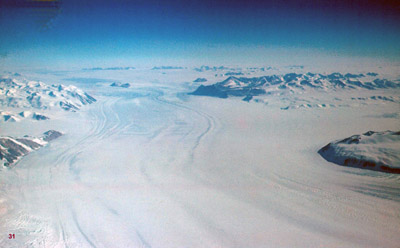
Skelton glacier
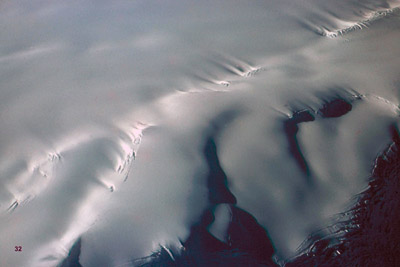
Crevasses seen from the air

Beardmore Glacier
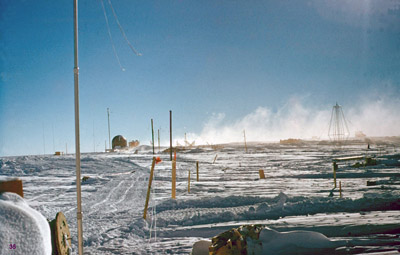
View of Pole Station from the air strip looking grid East
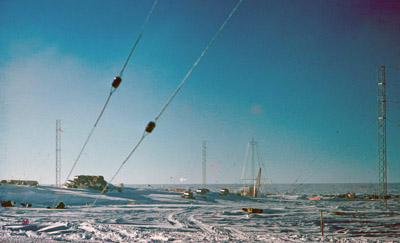
View from the air strip past antennas and fuel drums
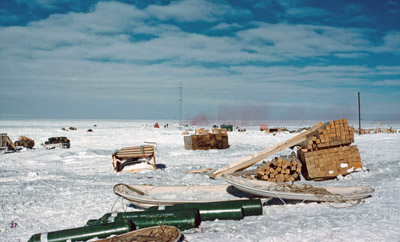
Supplies lying about
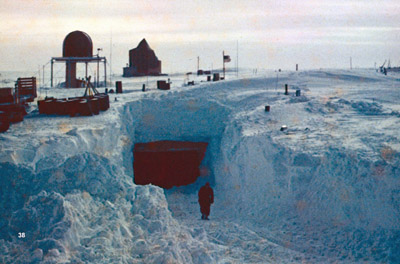
Entry to Byrd Station showing snow accumulation
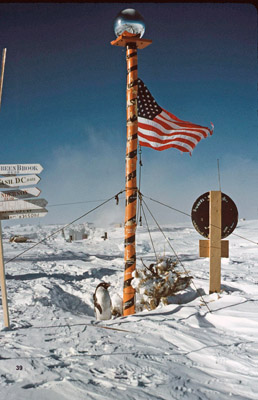
Bowers Pole at SPS
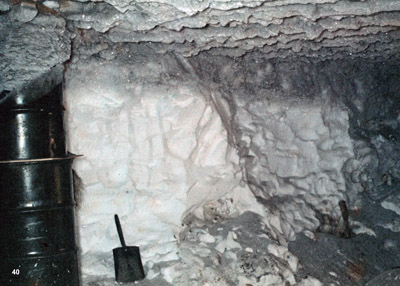
Passageway inside of station
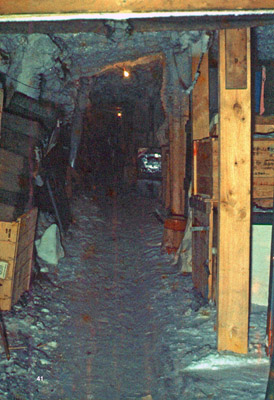
Passageway between buildings
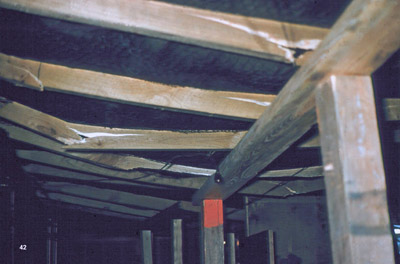
Passageway
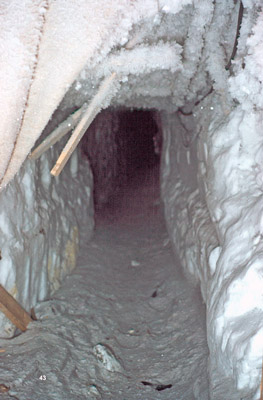
Tunnel leading to seismology, magnetology, and glaciology lab areas
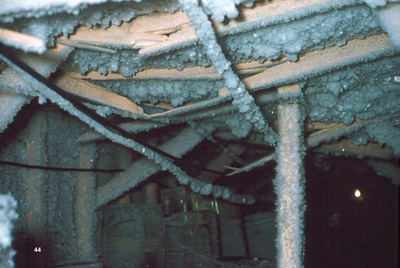
Tunnel again showing breaking of structures
Photos; courtesy Philip K Swartz
